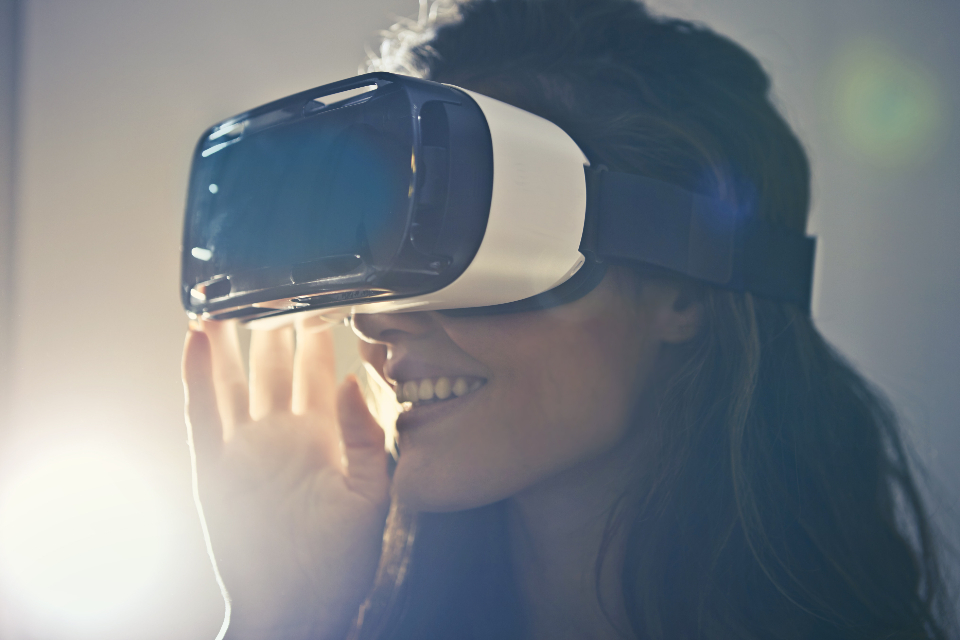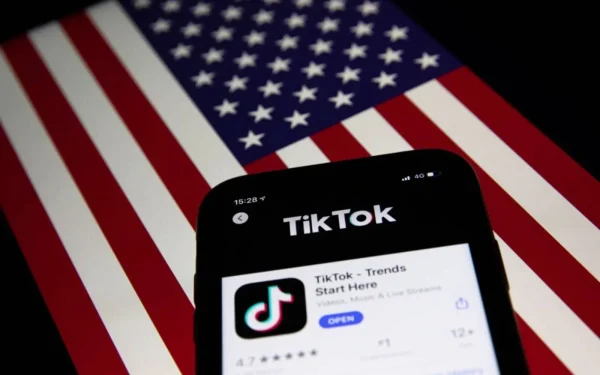A World in Virtual Reality
Over the past few years, technology has been revolutionized. Whether it is used for gaming or business, technology fits every category. Gaming is typically used to escape reality, but the Metaverse takes things to a new level upon releasing the new Oculus Meta Quest Pro.
Background:
Facebook has created Oculus virtual reality. Made popular in the late 2010s and early 2020s, Neal Stephenson’s novel Snow Crash first used a metaverse in 1992. It was conceived as a third world or dimension. In 2022, the company Meta, formerly known as FaceBook, launched its newest and most expensive piece of virtual reality equipment: Oculus Meta Quest Pro. Priced at approximately $1,500, the new device adds a new array of audio and video features. Although quite pricey, it is arguable that the Pro is significantly better than the regular Meta Quest. Many middle school students own or have played in virtual reality. According to a survey, 43.4% of students who answered own a piece of VR equipment. The Oculus Quests are primarily used to play video games. One popular game is Rec Room. It is similar to Roblox in that there are hundreds of mini-games to choose from within one game. Another popular game is Gorilla Tag. seventh grader Jack Henry Diaz says, “You have to use your arms to climb and get around and tag people.”
Although primarily used for gaming, virtual reality could be used for educational purposes such as field trips. The Benjamin School has experimented with virtual reality in classrooms.

Pro-VR:
Last year, sixth-grade history teacher Mrs. Ferguson’s class put their cell phones in foam VR glasses. The purpose of this was to allow students to roam around ancient Greece. Ferguson says, “Last year, when Mrs. Ponchock was reading the Odyssey, we went to the STEM Lab, and we used goggles to take virtual trips to ancient Greece. We looked around at the things we were talking about in history.”
Others at the Benjamin School, like Mrs. Ferguson, believe virtual reality is a valuable educational tool because, as well as history, other classes utilize it in their projects. For these reasons, the school has invested in an Oculus. Accelerated science teacher and Head of the STEM department, Mr. Matthew Oster, comments on the matter. “World Language travels to different parts of the world using the goggles. Even the art classes went to Radio City Music Hall using the virtual reality goggles as well,” says Oster. The STEM and science classes already use tools such as the Sphero coding robots in their technological studies. Some games allow them to code and watch their creations before their eyes. They could also design games in Oculus. Many students who take these subjects agree that virtual reality could be helpful. Eighth-grader Bridget McDermount says, “I think that would be fun to see the stuff of what we’re learning [in VR] because we’re learning about plants and GMOs. It would be fun to see how it pertains to actual life.” AnimVR and the Art of Gaming could be used in visual arts to draw, paint, and sculpt artworks using different materials and textures. Although it would not be tangible, the artwork would be accessible in 3D.
Anti-VR:
Many at the Benjamin School support virtual reality as a learning tool, but some believe that Oculus is distracting and unnecessary in the classroom. According to a poll, 11.6% of students and teachers do not think the Metaverse/VR is healthy. Seventh grader Keily Gomez comments, “When it [VR] gets overused, then it becomes hard to stop playing.” Like many other video games, virtual reality often wastes time. Especially as the academic year progresses, students may become so engrossed in playing on the Metaverse at home that they may neglect their school work. Although there are many pros to using virtual reality, studies have been conducted to find that its constant use can cause problems such as eye strain and nausea. It can also increase the risk of myopia or blurred vision. “It makes me dizzy,” says seventh grader Andrew Sergeyev. “I played for like 15 minutes, and I wasn’t feeling very good after it. I hear a lot of people say similar things about it.” Users have also reported stress and anxiety. As written in Tech Monitor, “There’s plentiful evidence pointing towards cases of isolation, social anxiety, and addiction arising from sustained gameplay.”

Neutral:
The main arguments made by Benjamin School faculty and students are for or against virtual reality. But what about the neutralists? Quite a few remain impartial to having it at school. Many in the neutral category think VR equipment should be an investment the school should make but do not know what to do with it in their classroom. Middle School music teacher, Mr. Winters, says, “I’m thinking that virtual reality cannot really replace the actual playing of an instrument or the practice that needs to be done with a violin or guitar, but I think it might be interesting to be an audience member of an orchestra concert.” Virtual reality and its programs are hard to learn for students, so imagine how hard it would be to try and figure out how to incorporate it into classrooms. Although the school already has one Oculus, some teachers may need to learn its mechanics and how to use it. Dr. Nicolee Inguatiato, a seventh-grade science teacher, thinks virtual reality may be a helpful learning tool. Inguatiato comments, “The concern is most teachers will need to be trained in how to use VR as a teaching tool.”
In light of what has been stated, virtual reality in school is a topic that teachers and students have discussed with an eclectic range of opinions. The majority of students think Oculus should be in school. Now the question is: will the Benjamin School invest in more VR equipment?









